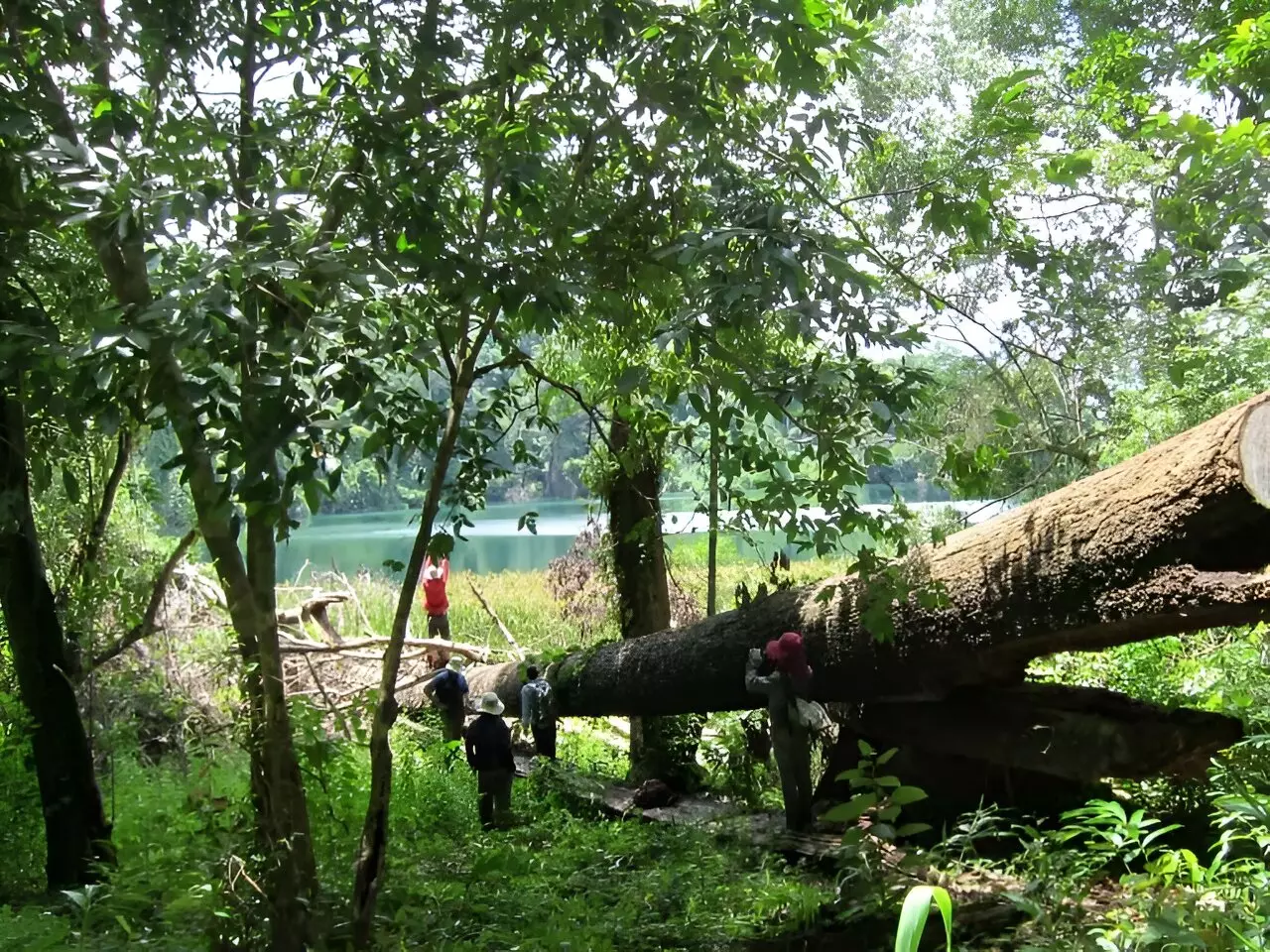A recent study led by Dr. Rebecca Hamilton from the University of Sydney challenges the previous understanding of the Last Glacial Maximum’s (LGM) impact on South East Asia’s landscape. Contrary to the assumption of a dominant dry savannah, the research reveals a mosaic of diverse closed and open forest types during that period. This finding has significant implications for understanding the resilience of Asia’s tropical forests to climate change and the availability of resources for migrating humans and animals.
The team of international scientists analyzed 59 paleoenvironmental sites across tropical SE Asia to examine the savannah model, which proposed a large grassland expansion during the LGM. By studying pollen grains preserved in lakes, the researchers discovered that forests persisted alongside expanding grasslands during this period. These findings challenge the notion of a uniform grassland and suggest the coexistence of various forest types.
The new research offers hope for the resilience of Asia’s tropical rainforests in the face of climate change. Dr. Hamilton suggests that maintaining a diversity of forest types is crucial for the region’s conservation efforts. Specifically, protecting forests above 1000 meters (known as ‘montane forests’) and seasonally dry forest types can prevent the future transformation of rainforests into savannah ecosystems. This insight highlights the importance of understanding and preserving different landscape characteristics to mitigate the potential negative impacts of climate change.
Reconciling Discrepancies
The study proposes an explanation for the seeming discrepancies between forest persistence and grassland expansion during the LGM. The researchers suggest that montane forests above 1000 meters persisted and expanded in high-elevation regions, while lowlands experienced a shift to seasonally dry forests with naturally grassy understories. This scenario aligns with the diverse mosaic of forest types observed in the analysis of paleoenvironmental records.
The research conducted by Dr. Hamilton and her team is not only relevant to South East Asia but also has broader global implications. The statistical methods developed to cross-compare the paleoecological records are expected to be useful for regional testing of other past ecological changes. This will enable scientists to gain a better understanding of how landscapes have transformed in other parts of the world during significant climatic periods.
The findings of Dr. Rebecca Hamilton and her team challenge the previous understanding of the Last Glacial Maximum’s impact on South East Asia. The presence of a diverse mosaic of forest types during this period suggests that Asia’s tropical forests might be more resilient to climate change than previously assumed. The insights provided by this research emphasize the importance of maintaining different landscape characteristics to facilitate ecosystem resilience. Additionally, the statistical methods developed in this study have the potential to contribute to further investigations of past ecological changes worldwide. By critically analyzing the landscapes of the Last Glacial Maximum, scientists can gain valuable insights into the environmental dynamics that shape our planet.


Leave a Reply